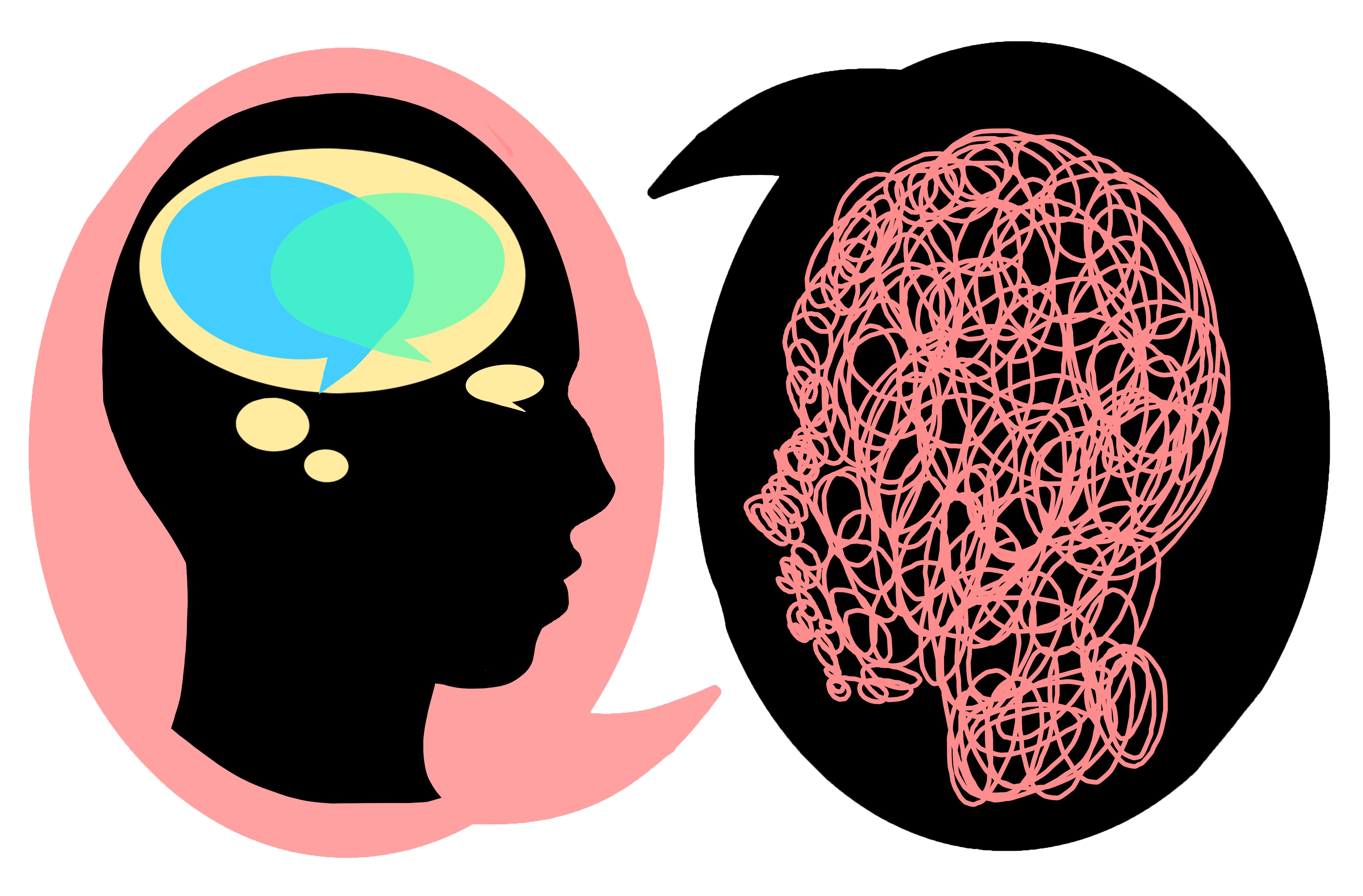The URI Communicative Disorders department examines the breakdowns in communication that take place in situations most people take for granted. Graphic by Elizabeth Wong.
Chatting with a friend; calling your mom on your way to work; smiling at the barista as you pick up your morning coffee.
Communicating with others is an essential part of life, but what happens when communication breaks down?
That is where the communicative disorders (CMD) department at the University of Rhode Island comes in. CMD majors study three large areas of communication: speech, language and hearing. In their studies, students examine disorders such as Parkinson’s disease, autism and Alzheimer’s disease with a focus on how these can affect people’s ability to communicate.
Students in the CMD program tend to move into one of two potential career paths, according to assistant professor of communicative disorders Alisa Baron: speech pathology or audiology. Speech pathologists work in the field addressing communicative disorders such as aphasia, childhood speech disorders and autism, whereas audiologists work with patients in the field to complete hearing tests and fit hearing aids.
This undergraduate bachelor of science program offers students the opportunity to focus on whichever part of the field intrigues them most. According to Baron, the department currently has 250 students enrolled, making it a small program at URI, but professors can capitalize on small class sizes to form personal connections with students.
“I love that I actually get to know my students more,” Baron said. “We’re also a very small faculty. We know each other quite well and really work well together. I also think we have some really unique research opportunities, and that has given me an opportunity to get to know some of our students really well.”
The program’s faculty members often form close connections with students and frequently work within the University to provide students first-hand experience. Baron said that CMD is a unique major in the sense that other majors usually have to leave campus to complete internships and experiential learning opportunities, but students have access to many clinics right in Independence Square in the major.
Because many of the professors also work in the clinics, during the pandemic they were still providing care to the general public, even at the height of COVID-19.
Rachel Smith, the coordinator of the audiology clinic and a clinical assistant professor in CMD, had to figure out new ways to operate the clinic during the pandemic.
“I was even seeing patients in the parking lot,” Smith said. “I like to say there’s no such thing as an audiology emergency, however, hearing is very important, especially during this time with COVID where people were home with their families, and the only thing they had was communication, and if they weren’t able to hear that was no good.”
Smith utilizes her experiences as a clinician as case studies for the classes that she teaches, which allows her students to get a sense of what they may encounter daily in the future.
Although the CMD major is not large in number, assistant professor Vanessa Harwood said that the communicative disorders field is growing, and the number of students entering CMD programs throughout the country is also increasing.
“I think that there’s been a couple of factors that have put speech-language pathology in the limelight,” Harwood said. “You hear so much more about autism. People are so much more aware about the supports that kids with autism require. Speech-language pathologists are a huge part of a team working with a child with autism or an adult with autism.”
Additionally, Harwood said the high-level of reported job satisfaction from speech pathologists and the rise in Alzheimer’s has contributed to highlighting CMD-related fields.
The fields of audiology and speech pathology are largely female-dominated, and the URI program is no exception, according to Harwood. With a few exceptions, the department consists primarily of female professors and clinicians working within the programs.
“Being one of many strong female scientists and educators, researchers, clinicians, it has been an extremely satisfying thing, and a huge part of my mentorship and development,” she said.
In addition to the CMD undergraduate program at URI, they also have a graduate-level program in speech-language pathology and a more broad doctoral program in health sciences.





